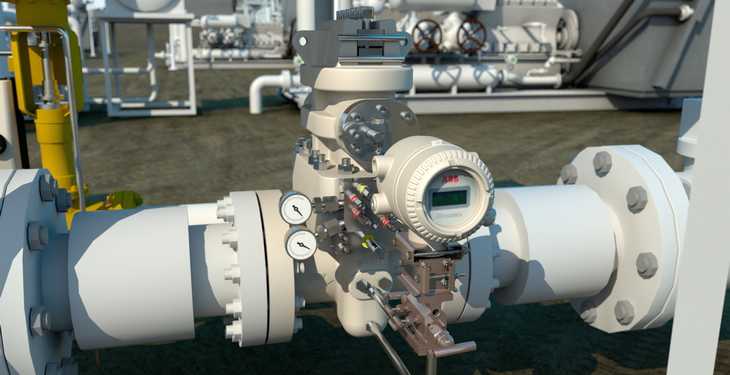While watching Hungarian authorities offering Gazprom a new deal on a platter, Americans of Exxon, that exploit new Black Sea gas with their Austrian partners of OMV and Austria may lose their game in the BRUA deal, as it will change course.
The BRUA was never sure, some experts told energynomics.ro, as it posed regional political aspects to be taken into consideration. The European Union-backed Bulgaria-Romania-Hungary-Austria (BRUA) pipeline could suffer a major setback if the Romanian and Hungarian gas authorities approve a rulebook that would exclude key Austrian partners, the Independent Chemical Information Service (ICIS) reported.
The Hungarian transmission system operator FGSZ took the European gas market by surprise on Friday when it announced it was no longer in a position to hold an open season on the Romanian-Hungarian-Austrian section of the pipeline, according to portfolio.hu.
Instead, FGSZ noted, the only ‘economically viable’ part of the Bulgaria-Hungary-Romania-Austria (BRUA) pipeline would be the existing Romania-Hungary interconnector, which could be expanded from its current capacity of 4.4 billion cubic meters (bcm) to 5.26bmc/year.
According to ICIS, FGSZ said it had contacted the Romanian grid operator Transgaz with a view to conduct an open season procedure just on this point.
If the rulebook is approved by Romanian regulator ANRE, the original start date of commercial operations of 1 October 2022 would still apply, according to FGSZ.
ICIS understands that Romanian and Hungarian officials have until 1 August to approve the rulebook. If they fail to do so, the procedure has to start from scratch, but will then need to be in line with the European CAM network code.
Will it not be built at all?
In practice this means, that natural gas might not even reach Austria, which would be a shocking turn of events considering that “for the last three years of the process, Austria has been coordinating the Romania-Hungary-Austria (ROHUAT) project by organizing legal workshops and putting that expertise to bring the project to ready level,” a source close to the market told ICIS.
“I don’t know if there will be any project at the end,” the source added.
According to FGSZ the gas could be exported to Slovakia, Ukraine, Serbia and Croatia.
The capacities of the Slovak interconnector is 1.75bcm/year, the Ukrainian pipeline 6.10bcm/year, 4.81bcm/year for the Serbian connection and 2.62bcm/year for Croatia.
The source told ICIS that initially, the ROHUAT project would have ensured larger security of supply by connecting the Black Sea gas reserves into the European gas infrastructure.
In its original form spearheaded by the EU, BRUA is expected to travel 582km south to north, linking Bulgaria to the central European Baumgarten hub in Austria. Natural gas could come either from the Black Sea, or from the Caspian region when the new volumes come on-stream by the end of the decade.
“With this new development, the new source would be sacrificed and it would also limit upstream activity on new markets. I think the target group will also change with this shift in the direction of the project as the gas was initially aimed at western European hubs through the Baumgarten border point in Austria,” the source added.
If the rulebook is approved and the gas is not shipped to Austria, companies which expect to export the Black Sea gas, including the US ExxonMobil, or Austria’s OMV could be locked out of regional exports.
Instead, Russia’s Gazprom may be able to use the existing infrastructure to sell Russian gas to the region. This is because Russia is in the process of building Turkish Stream, a pipeline that would cross the Black Sea.

